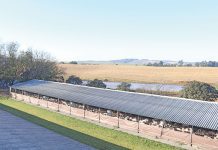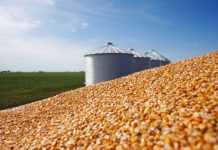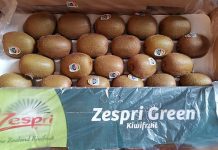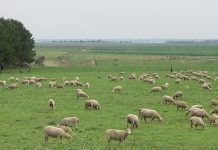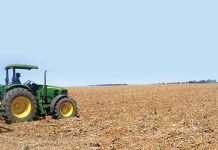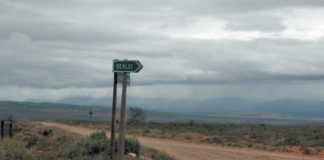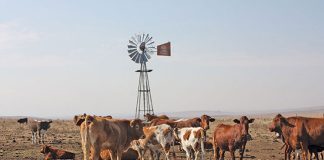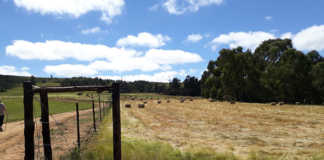One of the biggest challenges I’ve encountered in my training sessions with emerging farmers is a lack of understanding about how to make a profit. To make the calculations necessary to establish product prices, accurate record-keeping is essential. You don’t need a fancy bookkeeping system – a hardcover book where you record all money spent will do.
Costs
Here are some of the costs you might need to record:
- Cost of land (bought or leased), if applicable.
- Cost of tilling land (whether tractor-driven or manually done).
- Cost of seed.
- Cost of fertiliser and chemicals.
- Cost of water/irrigation.
- Cost of labour (includes cost of protective clothing and tools used).
- Cost of harvesting (mechanical or manual).
- Cost of post-harvest handling (might include refrigeration).
- Cost of packaging for marketing.
- Cost of administration (this includes telephone bills, stationery and banking fees).
- Cost of transport.
- Cost of marketing fees or hiring marketing space.
- Interest on money borrowed to get the crop going.
Calculating profit
Work out how much produce will be harvested off the land. A unit would be either a single vegetable (cabbage), single bunch (spinach) or a single kilogram (potatoes or tomatoes). Next, add up the costs you’ve recorded and divide by the number of units to be sold. Then add in your percentage profit to arrive at your selling price.
Example
Let’s say you have 30 000 cabbages and your total costs come to
R150 000: R150 000 ÷ 30 000 (cabbages) = R5/cabbage.
That’s how much each cabbage cost you to grow. Now you add your 20% profit – that is, 20% of R5. You’ll need to use a calculator here, but you’ll see that it comes to R1. Add this to the R5 and you get R6. That’s the lowest price you should be selling your cabbage for if you want a decent profit. We’ve used 20% as an example, but various factors will influence which percentage you choose, such as a neighbour growing and selling the same cabbages. If he doesn’t know about input costs and how to make a profit, he could be under-pricing his cabbage and losing money.
You can either teach your neighbour about profit-making or find a market a little further away. Profit margins can vary from 1% to 100%, or even more. Understanding local pricing will help you determine what percentage will make your selling price a popular one. Never under-price a commodity! That means certain death to a business. Also, don’t be embarrassed to seek assistance with doing these calculations – and remember, almost every cellphone has a calculator function.

